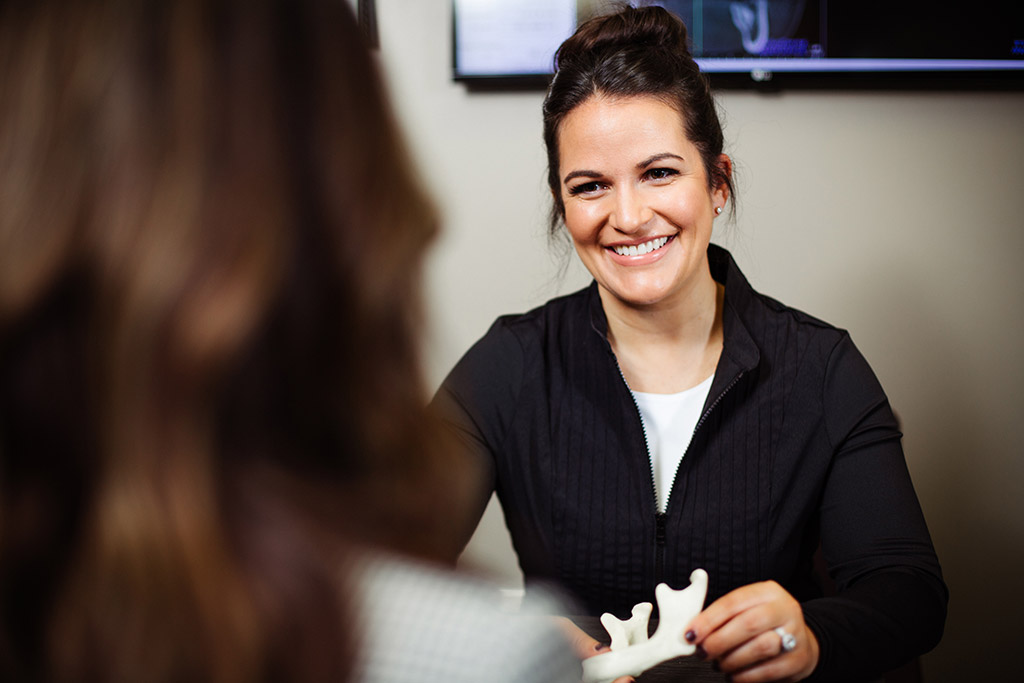TMJD
For many people, living with TMJD is a lifelong challenge and requires ongoing tmjd treatment to keep you in balance and prevent painful symptoms from reoccurring and interrupting their quality of life.
Through a series of about 5 appointments we will take the time to learn about your current condition and configure a specific tmjd treatment plan just for you! We need to learn about your journey, other doctors and methods that you have tired to help with your TMJD, and we also evaluate the muscles of the head and neck and posture…
Orthotic Appliance
A semi-permanent solution to your jaw discomfort. They are removable, but may be worn up to 24 hours a day. Orthotics are designed to move the lower jaw it proper neuromuscular position and reduce painful TMJD symptoms.
Crowns
We offer patients both crowns to restore the entire mouth or partial crowns to restore specific mouth areas. Crowns can help to keep painful symptoms of TMJD and other jaw disorders at bay restoring your teeth to the pain-free position of an orthotic, but are not removable. Crowns are an excellent option for many patients with a history of grinding and worn teeth because they can help restore tooth structure lost to excessive wear – and they also give you a beautiful smile in the process!
Braces
Not your traditional braces! Our approach to orthodontics considers how your teeth and jaw should function, not just how your smile looks. The objective of our braces treatment protocol is to move the teeth and remodel your jaw and bone structure so to a more comfortable – and permanent – position.

